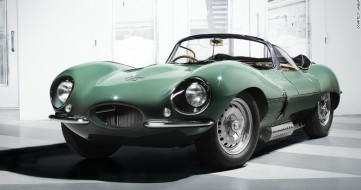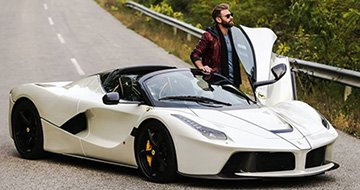
Advertisements
 Luo was the only Chinese driver to take part in the Louis Vuitton Classic China Run rally.
Luo was the only Chinese driver to take part in the Louis Vuitton Classic China Run rally. 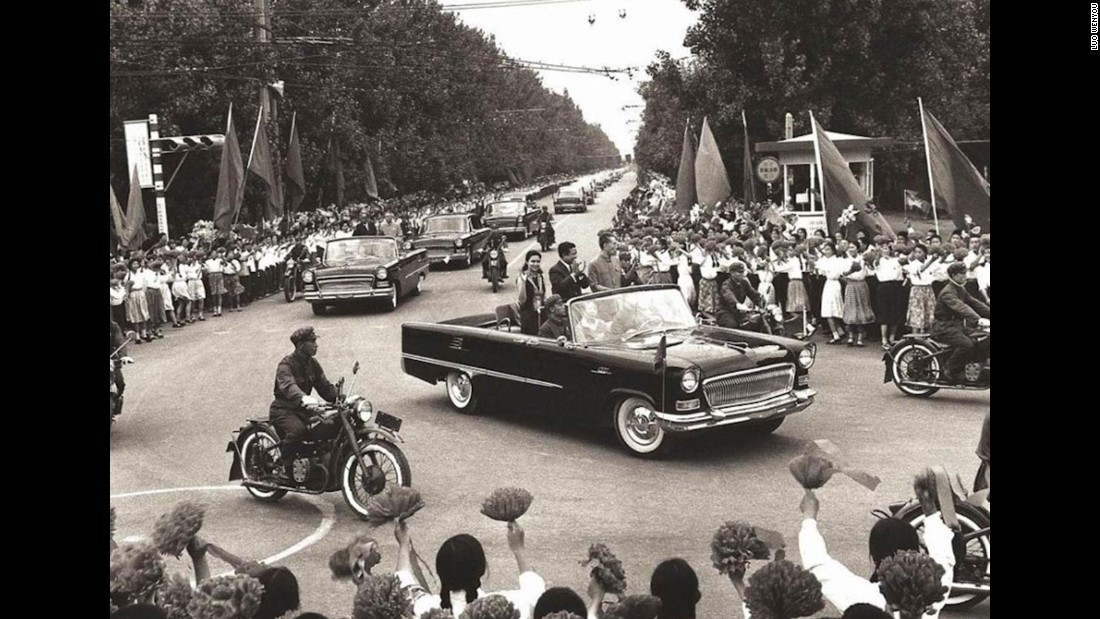 Luo first began his relationship with cars as a driver for government officials.
Luo first began his relationship with cars as a driver for government officials.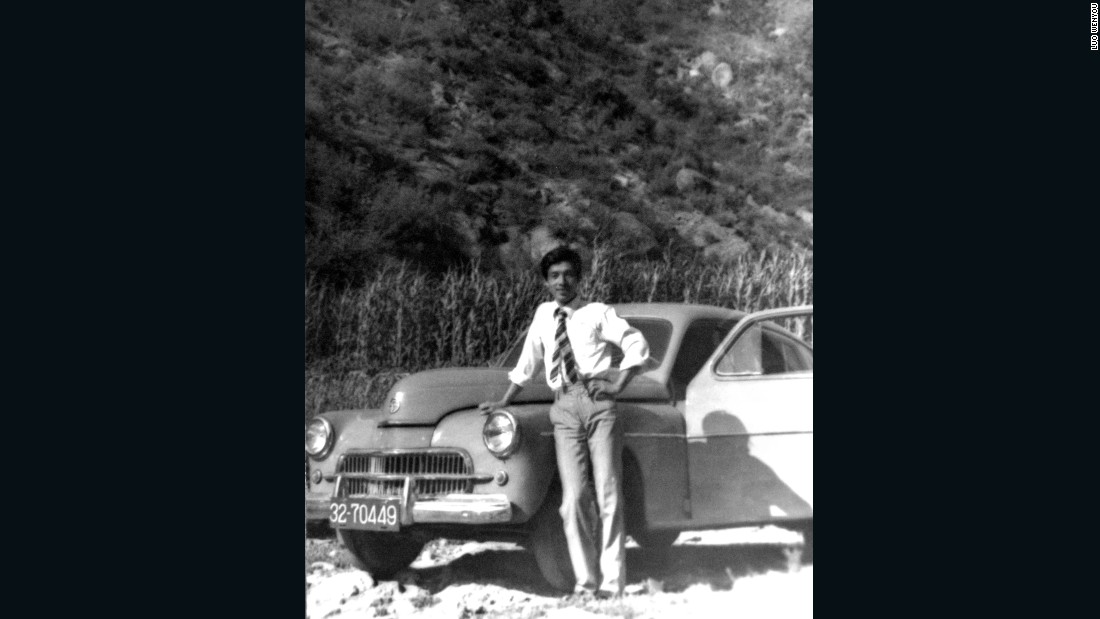 Luo first car was an imported Polish model he bought for 5,000 Yuan ($725).
Luo first car was an imported Polish model he bought for 5,000 Yuan ($725).  It was rare to be a private car owner in China in the late 1970s, when he purchased this vehicle. Here, Luo Wenyou and his wife pose with his first car.
It was rare to be a private car owner in China in the late 1970s, when he purchased this vehicle. Here, Luo Wenyou and his wife pose with his first car.  In 1967, Chinese car firm Hongqi made a stretch limousine as a gift for Mao Zedong.
In 1967, Chinese car firm Hongqi made a stretch limousine as a gift for Mao Zedong. 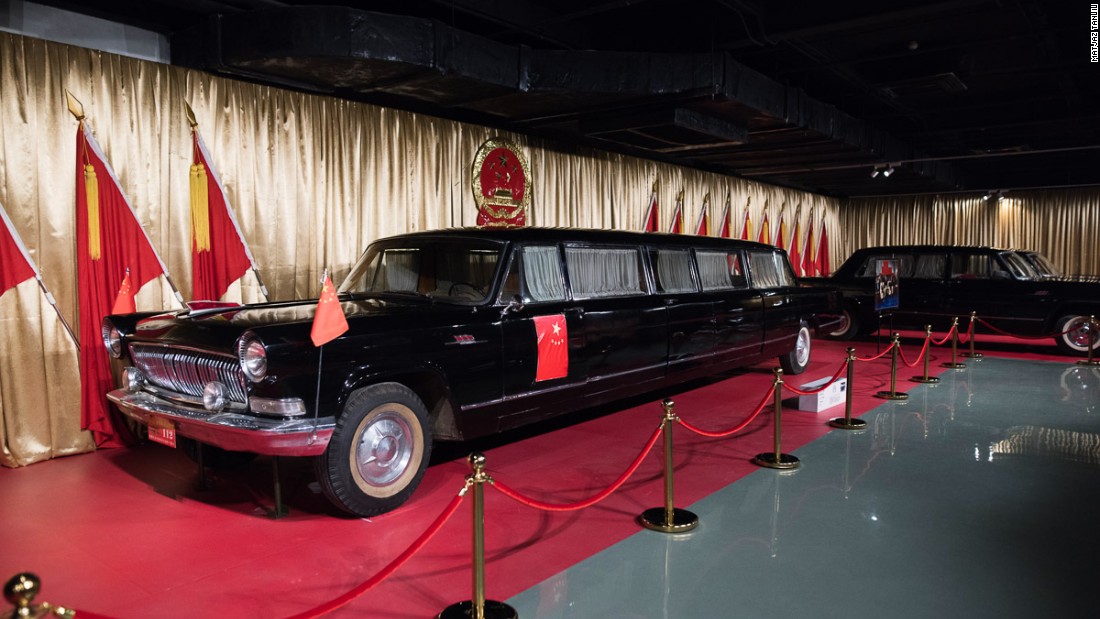 The chairman died before he could receive it.
The chairman died before he could receive it.  The limo was kitted out with air conditioning, an ice box and a telephone.
The limo was kitted out with air conditioning, an ice box and a telephone. 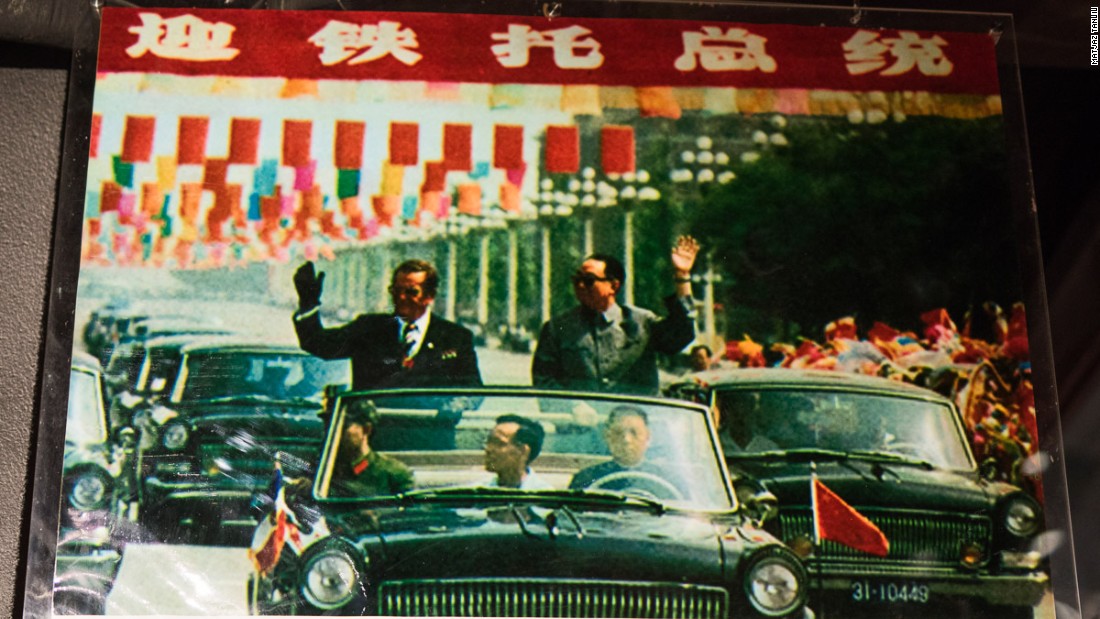 Hongqi cars were made exclusively for Chinese government officials.
Hongqi cars were made exclusively for Chinese government officials.Advertisements
 The lettering on bonnets of these Dongfeng cars were changed from pinyin to Chinese characters because Mao couldn't read the former.
The lettering on bonnets of these Dongfeng cars were changed from pinyin to Chinese characters because Mao couldn't read the former. This 1945 ZiS was used by Liu Shaoqi, who was President of China from 1958 to 1968, but fell out of favor with Mao during the Cultural Revolution. His car was attacked by Red Guards.
This 1945 ZiS was used by Liu Shaoqi, who was President of China from 1958 to 1968, but fell out of favor with Mao during the Cultural Revolution. His car was attacked by Red Guards.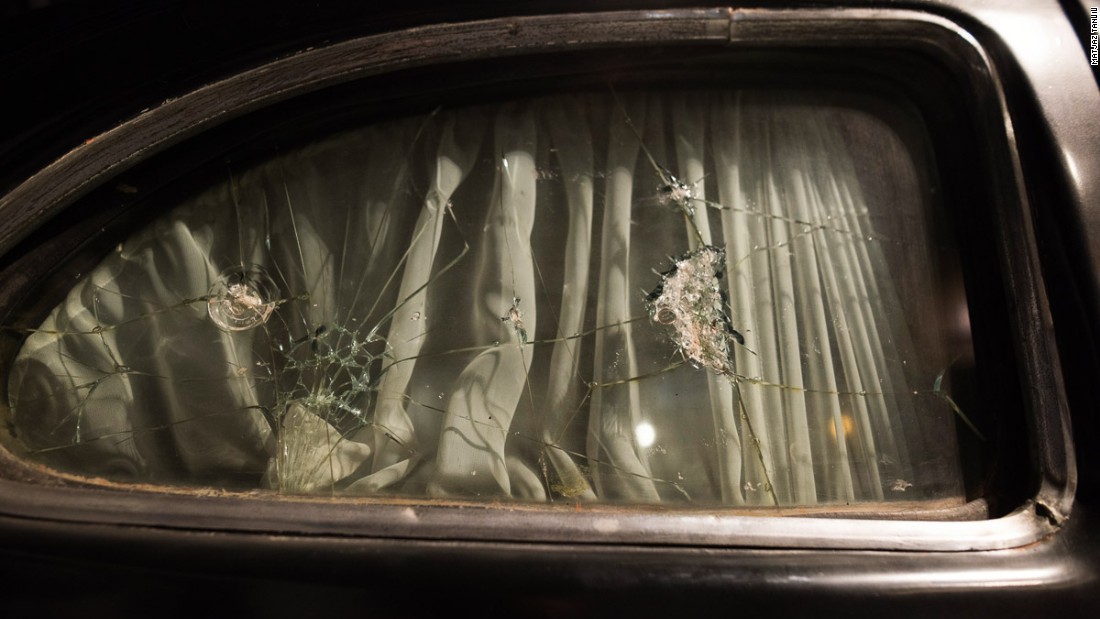 During the Cultural Revolution, it was common for cars of accused traitors to be attacked.
During the Cultural Revolution, it was common for cars of accused traitors to be attacked.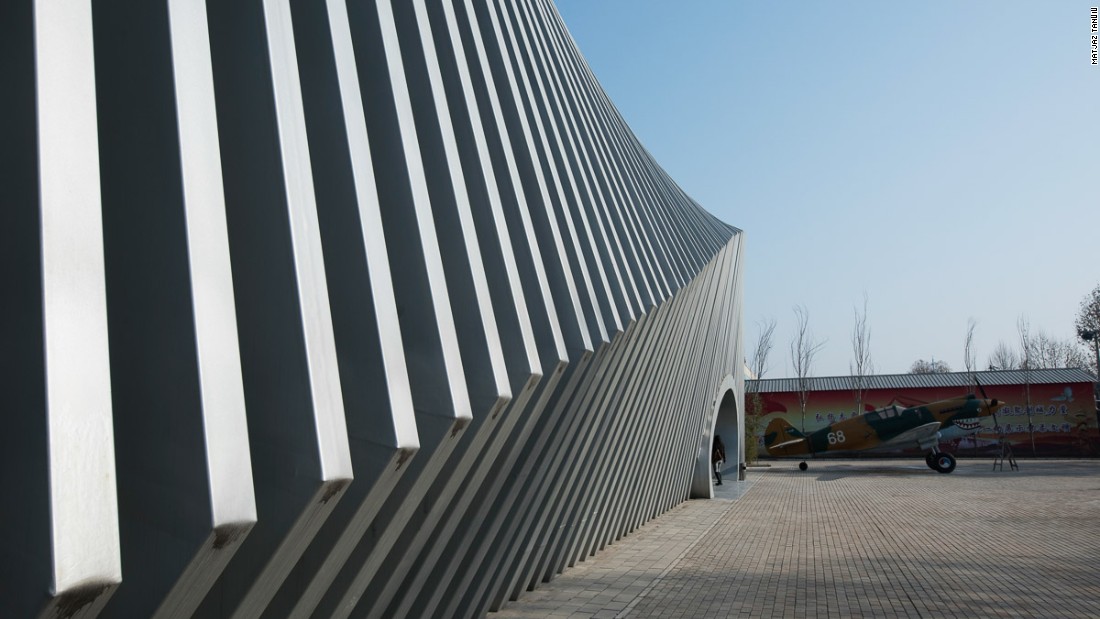 Today, Luo's extensive car collection includes over 200 automobiles. He stores his cars in a hangar-like exhibition space in the Huairou district in northern Beijing.
Today, Luo's extensive car collection includes over 200 automobiles. He stores his cars in a hangar-like exhibition space in the Huairou district in northern Beijing. 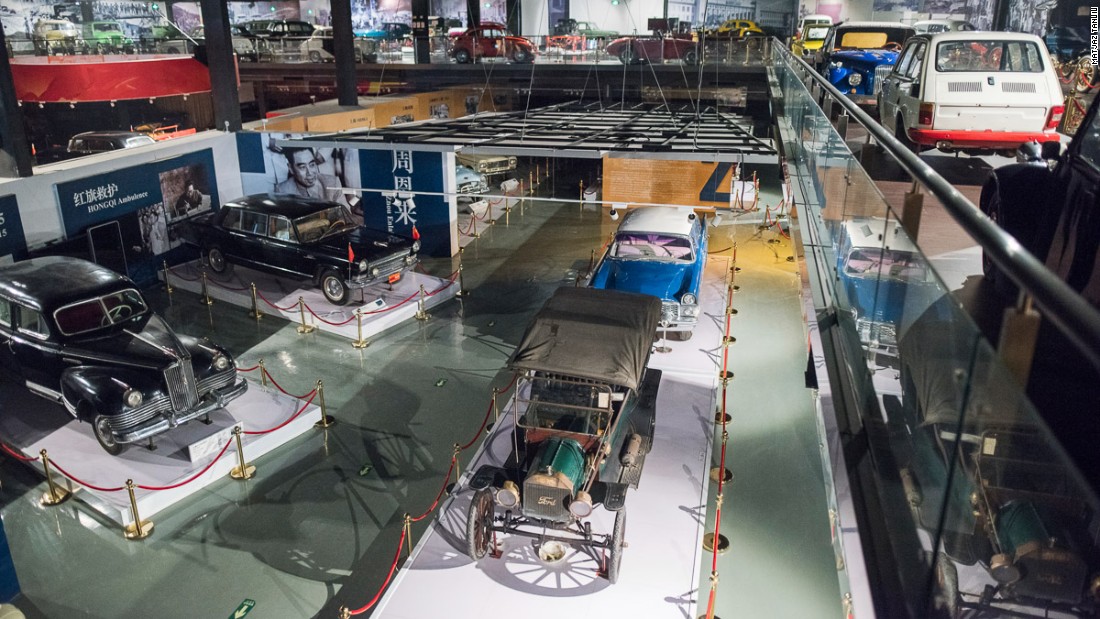 In 2009, he opened the Vintage Car Museum.
In 2009, he opened the Vintage Car Museum.  The collection also includes some surprising vehicles, like this tank and a fire truck.
The collection also includes some surprising vehicles, like this tank and a fire truck. 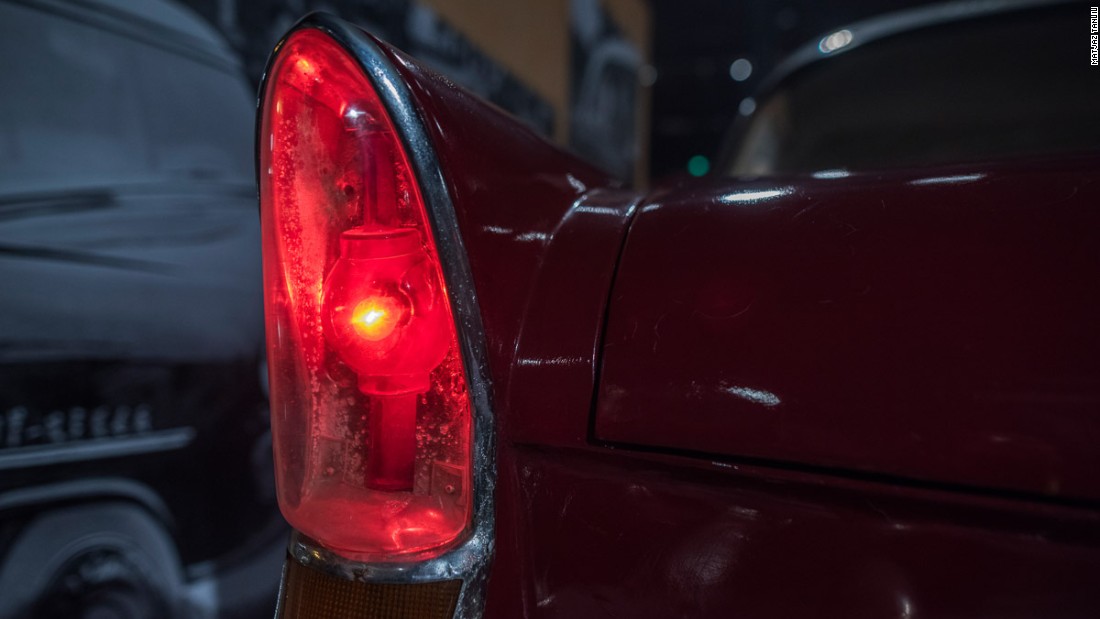 Rear light of a car made by First Automobile Works in 1958. The light is the shape of a traditional Chinese palace lamp, the kind still seen in places like Tiananmen.
Rear light of a car made by First Automobile Works in 1958. The light is the shape of a traditional Chinese palace lamp, the kind still seen in places like Tiananmen.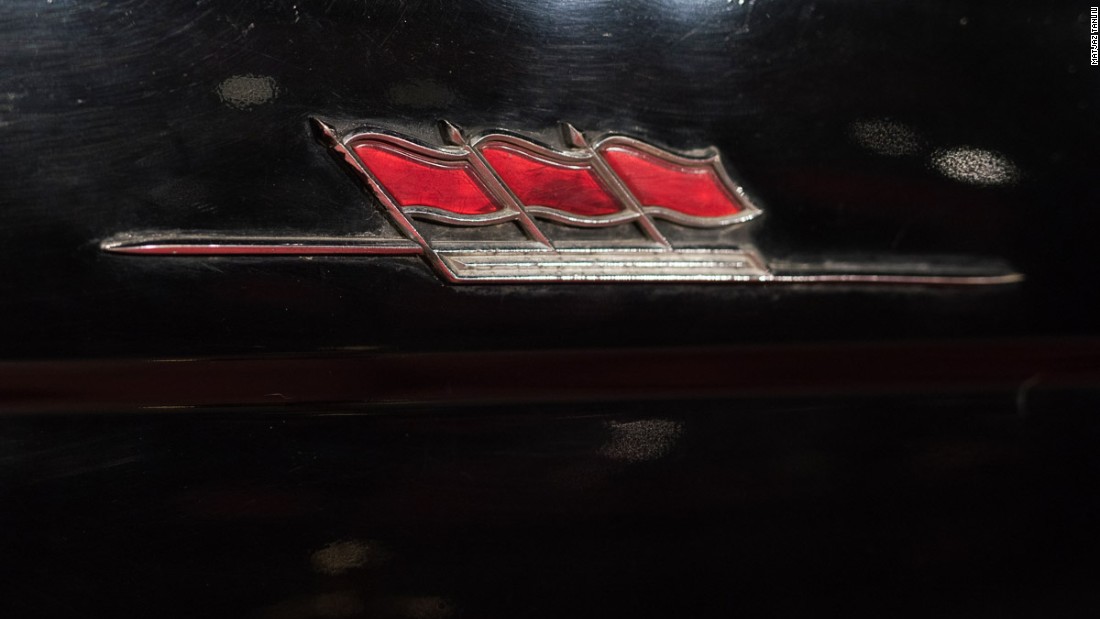 Detail on a 1960 Hongqi car manufactured by First Car Works, China's first state-owned automobile manufacturer.
Detail on a 1960 Hongqi car manufactured by First Car Works, China's first state-owned automobile manufacturer.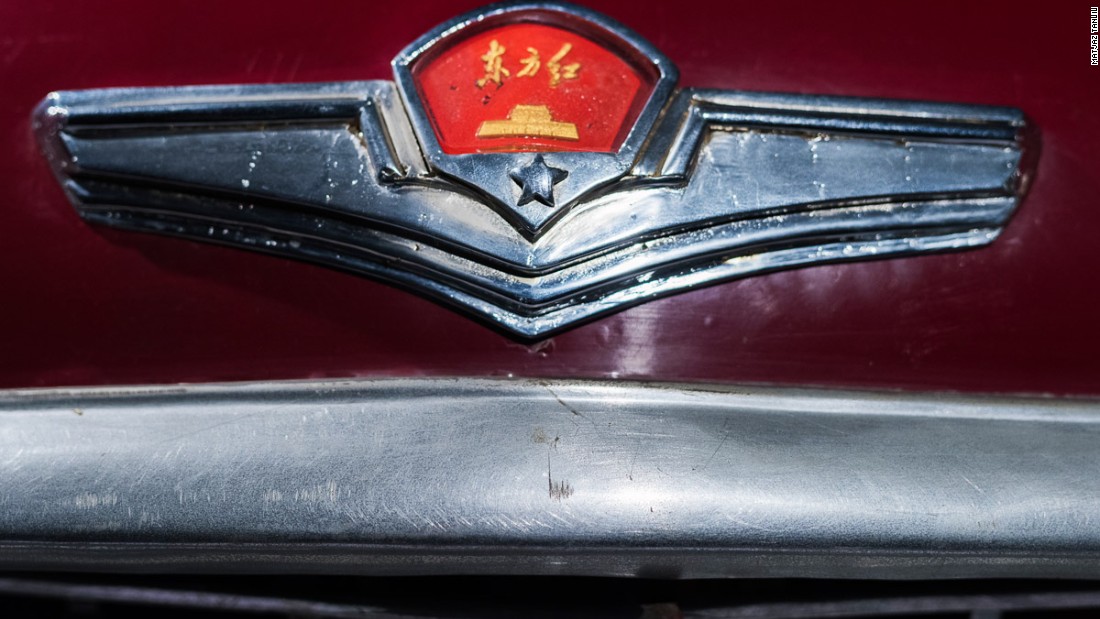 A Dong Fang Hong, manufactured by Beijing Automobile Works, a state-owned manufacturer that operated in the 1950s. The symbol of Tiananmen in the logo indicates its political significance: the car was made in the political center of China.
A Dong Fang Hong, manufactured by Beijing Automobile Works, a state-owned manufacturer that operated in the 1950s. The symbol of Tiananmen in the logo indicates its political significance: the car was made in the political center of China. The 1950s Dongfanghong's colorful hue and chirpy design is in contrast to the Hongqis'. Luo says that only a few dozen of them were made because in the late 1950s Beijing's mayor deemed them too "bourgeois" and "western" looking, calling a halt to their production.
The 1950s Dongfanghong's colorful hue and chirpy design is in contrast to the Hongqis'. Luo says that only a few dozen of them were made because in the late 1950s Beijing's mayor deemed them too "bourgeois" and "western" looking, calling a halt to their production.Advertisements
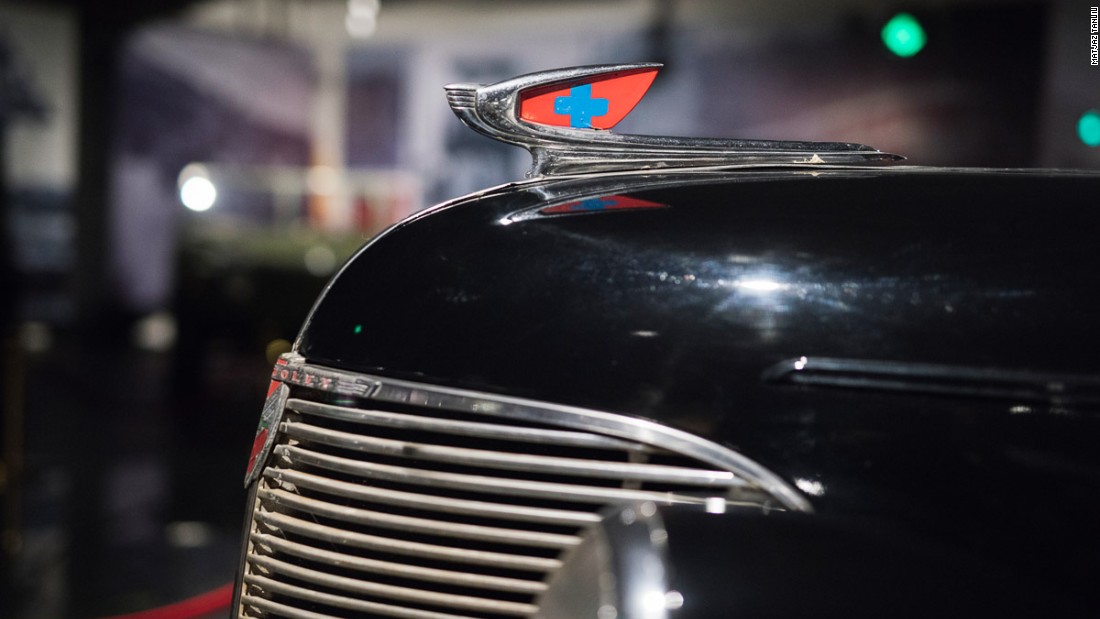 This Chevrolet was once used by Pu Yi, the last Emperor of China, in Manchuria.
This Chevrolet was once used by Pu Yi, the last Emperor of China, in Manchuria.

